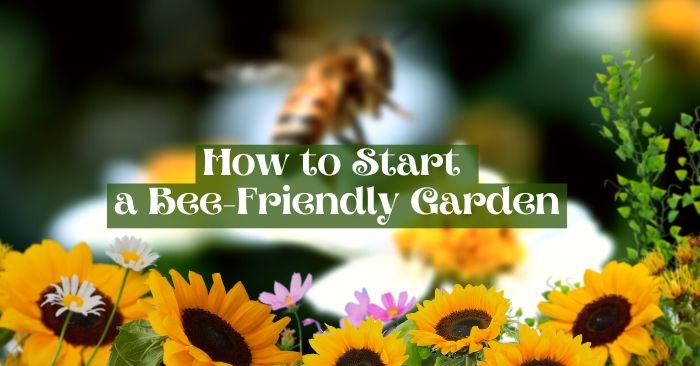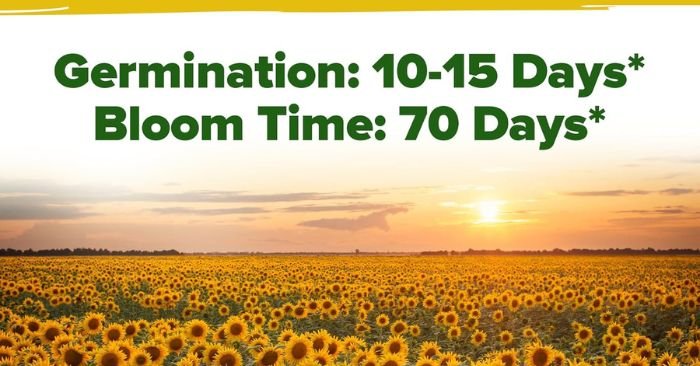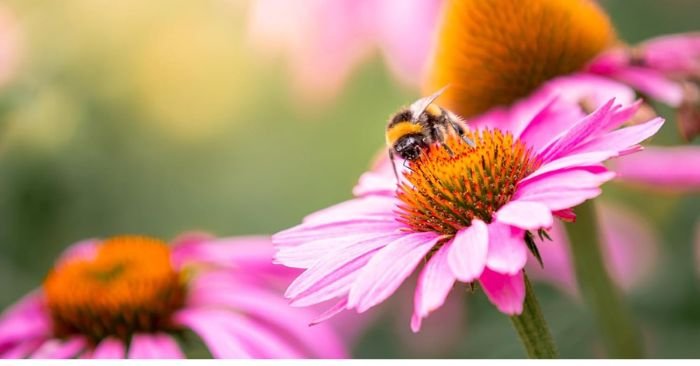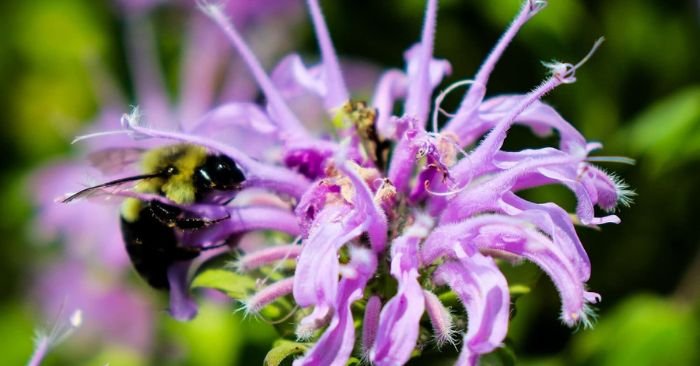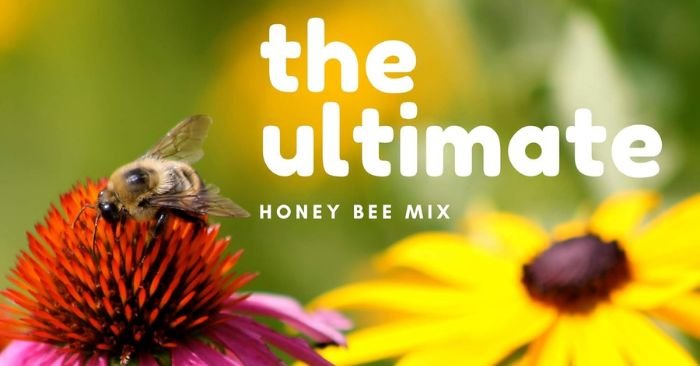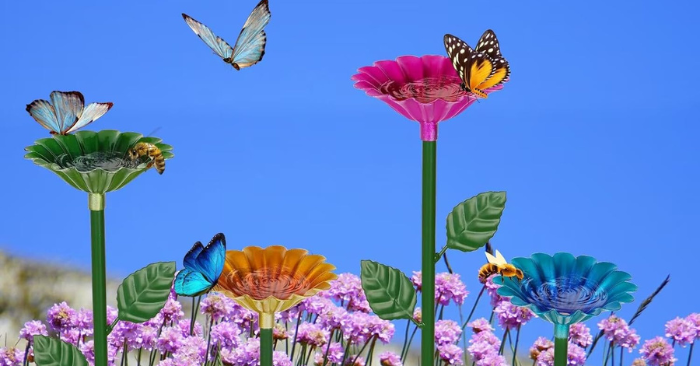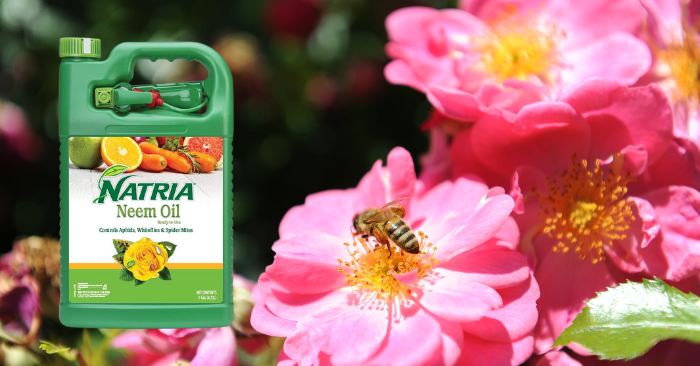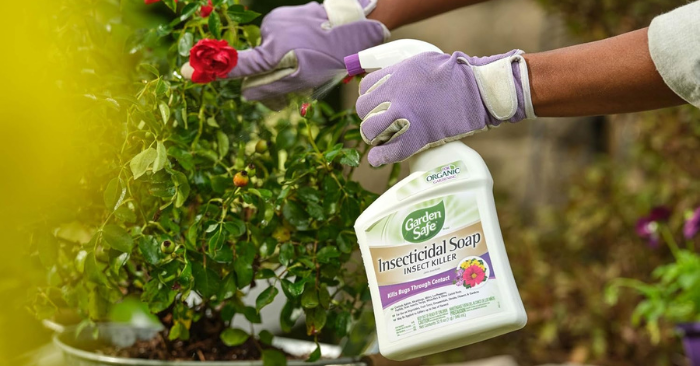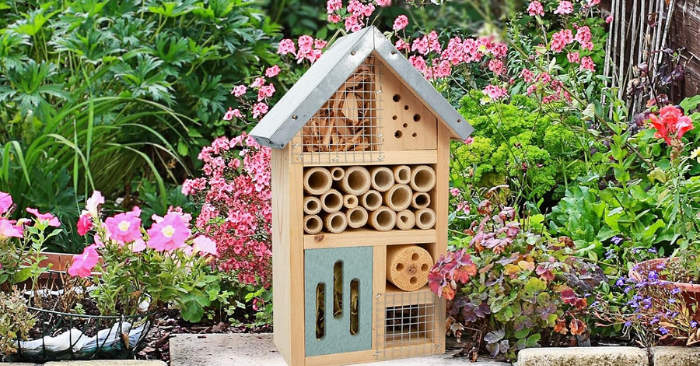Why Are Bees Important?
Bees are essential pollinators that help our gardens and crops thrive. It’s important to talk about this subject because, without them, many of the fruits, vegetables, and flowers we love wouldn’t exist. Unfortunately, people are unconsciously destroying their habitat with pesticides that are causing a decline in bee populations. One way to help? Create a bee-friendly garden!
🌼 How to Start a Bee-Friendly Garden
1. Choose Bee-Friendly Plants 🌿🌸
Bees thrive on nectar and pollen from flowers. The best gardens for bees contain a variety of native plants that bloom throughout different seasons to ensure year-round food.
✅ Top Bee-Friendly Plants to Grow:
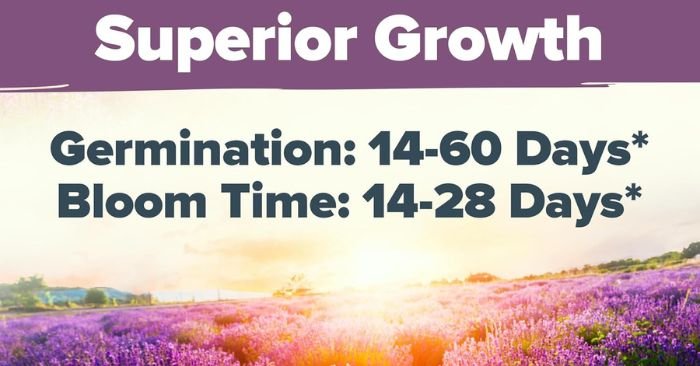
Lavender – English Lavender isn’t just a beautiful addition to your garden—it’s a powerhouse for both personal wellness and pollinator support. This fragrant herb is a top favorite among bees, offering abundant nectar and long-lasting blooms that attract pollinators throughout the season. While bees benefit from its rich pollen, you can harvest the blooms to create soothing lavender oil for skin care or blend them into aromatherapy sachets to promote relaxation and reduce stress. By growing lavender, you’re not only enhancing your health and home, but also providing a vital food source for bees—making it a win-win for people and the planet. 🌿🐝 Bees love it.
👉 Buy Lavender Plants Here
Add a burst of sunshine and pollinator power to your garden with this mega pack of approximately 520 non-GMO, heirloom sunflower seeds. These open-pollinated, freshness-packed seeds are perfect for creating a vibrant sunflower patch that not only beautifies your space but also provides a rich nectar source for bees. Mammoth sunflowers are especially attractive to pollinators thanks to their large, pollen-packed blooms and extended blooming season. Whether you’re growing them for ornamental beauty, seed harvesting, or wildlife feeding, the abundant seed count ensures generous growth for multiple plantings. Best of all, they’re easy to grow in a variety of climates and soils—just plant in full sun and water regularly. Their hardy, low-maintenance nature makes them ideal for school gardens, family projects, and beginner gardeners looking to support bee populations while enjoying the rewards of a thriving garden. 🌻🐝
Echinacea (Coneflowers)
A Must-Have for the Perfect Bee Garden with over 2,300 Purple Coneflower (Echinacea) seeds in each pack, you can create a lush, vibrant garden that not only adds stunning color but also plays a vital role in supporting pollinators. These seeds are carefully selected for high germination rates, ensuring a healthy, flourishing bloom that bees, butterflies, and other beneficial insects will flock to. As a drought-tolerant perennial, Echinacea is ideal for low-maintenance gardens, offering year-after-year blooms without requiring constant care. Their long-lasting flowers are especially rich in nectar, making them a key component in any bee-friendly garden design. Whether planted along borders, in wildflower meadows, or used in cut arrangements, Echinacea brings beauty, resilience, and ecological value to every corner of your landscape. 🌸🐝
👉 Buy Echinacea Here
Bee Balm (Monarda) A Fragrant Favorite for Pollinators
Also known as bee balm or horsemint, wild bergamot is a native North American wildflower cherished for its delicate, light-purple blooms and refreshing citrusy aroma. A proud member of the mint family, this perennial is a magnet for bees, butterflies, and hummingbirds, blooming generously throughout the summer. Easy to grow from seed, bee balm thrives in home gardens, wildflower meadows, and pollinator patches, making it a staple for any bee-friendly garden. Each seed packet includes clear planting and seed-saving instructions, allowing you to grow now or store the seeds for future seasons. Sourced from a small American family-owned business, these non-GMO, heirloom seeds are open-pollinated, untreated, and offer excellent germination rates when stored properly. Whether you’re a beginner or seasoned gardener, bee balm adds both beauty and purpose to your landscape—feeding pollinators and filling the air with its signature scent. 🌿💜🐝 – A pollinator magnet with bold blooms.
👉 Buy Bee Balm Seeds Here
Wildflower Mix
Support pollinators in the most beautiful way with this premium Honey Bee Wildflower Mix, featuring over 65,000 non-GMO seeds of carefully selected perennial and annual wildflowers. Specially crafted by bee lovers for bee lovers, this vibrant blend includes California Poppy, Primrose, Bergamot, Purple Coneflower, Lemon Queen Sunflower, Crimson Clover, and more—providing a continuous bloom of nectar-rich flowers that attract and sustain honey bees, butterflies, and other vital pollinators throughout spring and fall. With 50% perennial and 50% annual species, you’ll enjoy instant color and long-term growth. Every packet contains 100% pure seed with no fillers, suitable for planting in all USDA zones and thriving in a variety of soils and climates. Ideal for garden beds, meadows, or open fields, this mix helps restore natural habitats while transforming your space into a lively, eco-friendly haven. Produced by GROW ZAAD, a passionate small family business that donates yearly to bee conservation efforts, this wildflower mix isn’t just a purchase—it’s a commitment to protect our pollinators and planet. 🌼🐝🌿
👉 Buy Wildflower Mix
📝 Pro Tip: Native plants are best. They’ve co-evolved with local bee species and require less maintenance.
2. Provide a Water Source 💦
Bees get thirsty, especially in hot months. A shallow water source helps them stay hydrated.
✅ How to Make a Bee Water Station:
- Use a shallow dish or bowl
- Add pebbles or marbles so bees can safely land
- Change the water every few days to avoid mosquitoes
This is the perfect choice to make your garden eco-friendly with these water feeder flowers. The bee watering ball is made into a beautiful flower shape, with gorgeous colors and green stems and leaves to attract more bees and butterflies to stay and provide energy for pollination.
👉 Buy a Ready-Made Bee Watering Station Here
3. Avoid Pesticides 🚫
Chemical pesticides are one of the biggest threats to bees. Even organic gardens can harm bees if treated with harsh sprays.
✅ Safer Alternatives:
Neem Oil: A Bee-Safe Solution for Garden Pest & Disease Control
Neem oil is a natural, eco-friendly alternative to harsh chemical pesticides, making it an excellent choice for bee-friendly gardens. As both an indoor and outdoor pest control spray, it effectively targets common plant pests, including aphids, spider mites, and whiteflies, while also serving as a fungicide to combat diseases such as powdery mildew, black spot, and rust. Its versatility allows it to be used on flowers, vegetables, fruit trees, and houseplants, protecting plants without harming pollinators when applied correctly. The ready-to-use formula makes application simple, helping gardeners maintain healthy, thriving plants while preserving the safety of bees and other beneficial insects. By choosing neem oil, you’re not just protecting your garden—you’re contributing to a more sustainable, pollinator-friendly environment. 🌿🐝
👉 Buy Neem Oil Here
Insecticidal Soap: Effective Pest Control That’s Safe for Pollinators
Insecticidal soap is a gentle yet powerful solution for managing garden pests without endangering bees and other beneficial pollinators. Made with fatty acid salts, this formula works by breaking down the outer coating of soft-bodied insects like aphids, mealybugs, mites, leafhoppers, thrips, scale insects, and whiteflies—killing them through direct contact. It’s safe to use on flowers, vegetables, and fruits, and can be applied up to the very day of harvest, making it an excellent choice for edible gardens. Because it leaves no harmful residue, pollinators can safely return to your plants once the spray has dried. This makes insecticidal soap an essential tool for any bee-friendly garden, helping you protect your plants while keeping your pollinator allies safe and thriving. 🌱🐝
Companion planting – Plant marigolds, basil, or garlic to repel harmful bugs naturally
🐝 Tip: Apply treatments early in the morning or late evening when bees are less active.
4. Add a Bee Hotel 🏡4. Add a Bee Hotel 🏡
Not all bees live in hives! Solitary bees, such as mason bees and leafcutter bees, comprise approximately 90% of bee species and require safe nesting spaces. This bee hotel is the perfect insect nest box shape like a house to provide a safe environment where garden creatures can shelter, hibernate, and lay their eggs. The insect house can also keep insects from entering your warm room.
✅ Install a Bee Hotel:
- Mount it in a sunny, sheltered area
- Clean it annually to prevent mites or mold
👉 Best Bee Hotel for Beginners – Buy Here
5. Create Nesting Spots 🐝
Wild bees often nest underground or in wood cavities. You can support them by leaving natural areas undisturbed.
✅ Easy Nesting Enhancements:
- Leave small patches of bare, sunny soil
- Don’t remove deadwood or hollow stems
- Avoid using mulch on every inch of the garden
🧡 Embrace the wild look—it’s healthier for the planet.
📚 Support Bees with These Resources
📘 “The Beekeeper’s Bible”
At Bee Newz, we’re always on the lookout for resources that deepen our understanding of bees and their vital role in our world. One standout title we highly recommend is “The Beekeeper’s Bible”—a comprehensive guide that blends the art, science, and history of beekeeping into one captivating read. Whether you’re a beginner curious about starting your first hive or an experienced beekeeper looking to refine your craft, this book offers invaluable insights on bee biology, hive management, honey production, and even delicious honey-based recipes. Richly illustrated and beautifully written, it’s more than just a manual—it’s an inspiring tribute to the incredible work of bees and the people who care for them. A true must-read for anyone passionate about pollinators, sustainability, and the sweet rewards of working with nature. 📚🐝 A thorough guide on beekeeping, bee anatomy, honey recipes, and more.
📗 “100 Plants to Feed the Bees” – Book Review: 100 Plants to Feed the Bees
100 Plants to Feed the Bees is an essential guide for gardeners, landscapers, and nature lovers who want to make a real impact on pollinator health. This beautifully organized reference showcases a diverse selection of plants—flowers, trees, shrubs, and herbs—that provide vital nectar and pollen for bees, butterflies, and other beneficial insects. Each plant profile includes growing tips, bloom times, and habitat information, making it easy to design a garden that supports pollinators year-round. The book also highlights the ecological importance of each plant, inspiring readers to choose species that nurture biodiversity. Whether you have a balcony planter or a sprawling garden, this book empowers you to create a thriving, pollinator-friendly space. A must-have for anyone committed to helping bees flourish. A must-have book for every gardener who wants to make a difference.
👉 Buy the Book Here
🌸 Final Thoughts
Creating a bee-friendly garden isn’t just about helping the bees—it’s about healing our ecosystem, improving crop production, and beautifying our surroundings.
You don’t need to be a professional gardener to make an impact. With just a few changes, you can become part of the solution and offer a haven for these tiny yet mighty pollinators. 🐝🌱
Discover more from Bee Newz
Subscribe to get the latest posts sent to your email.
